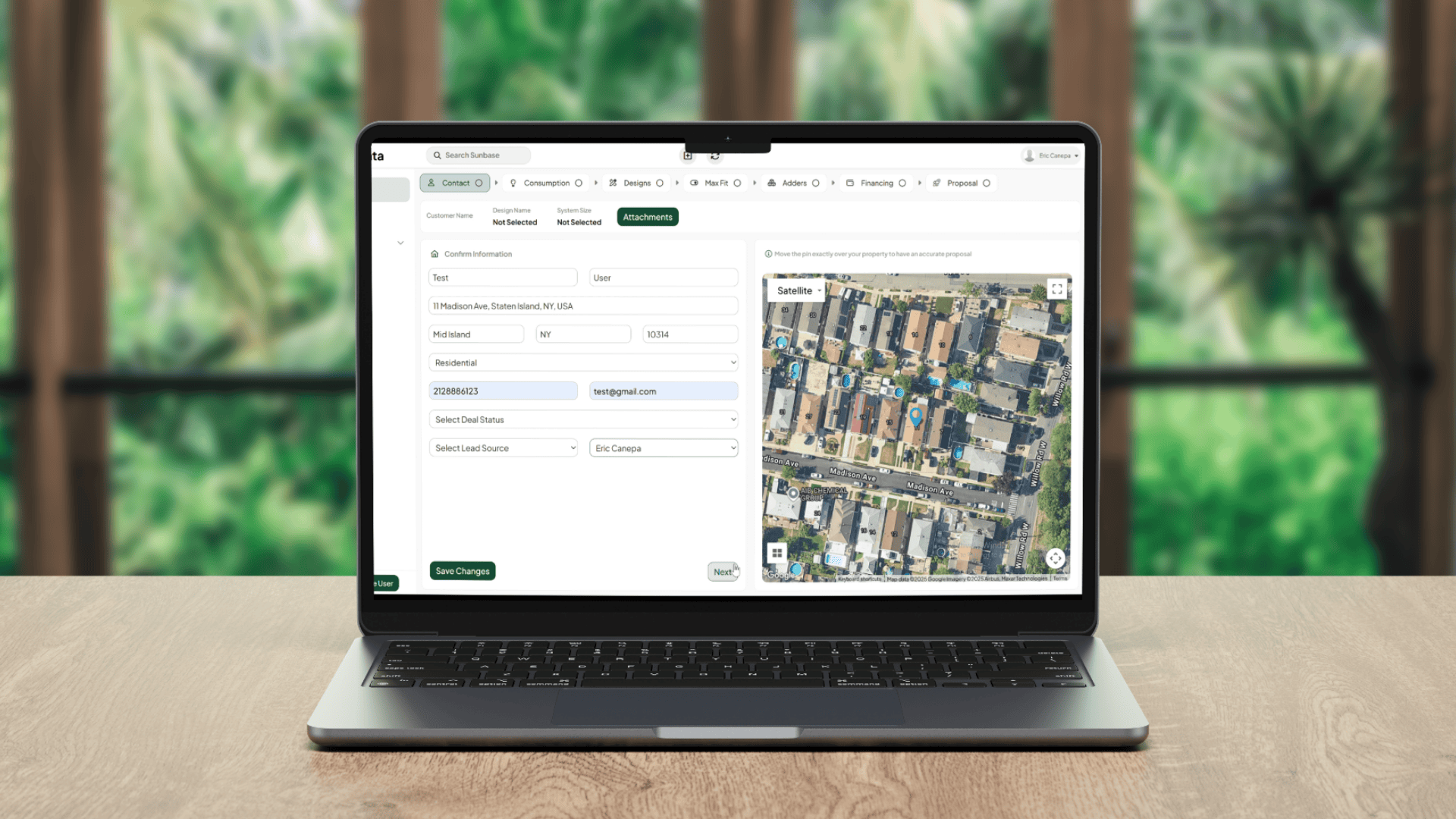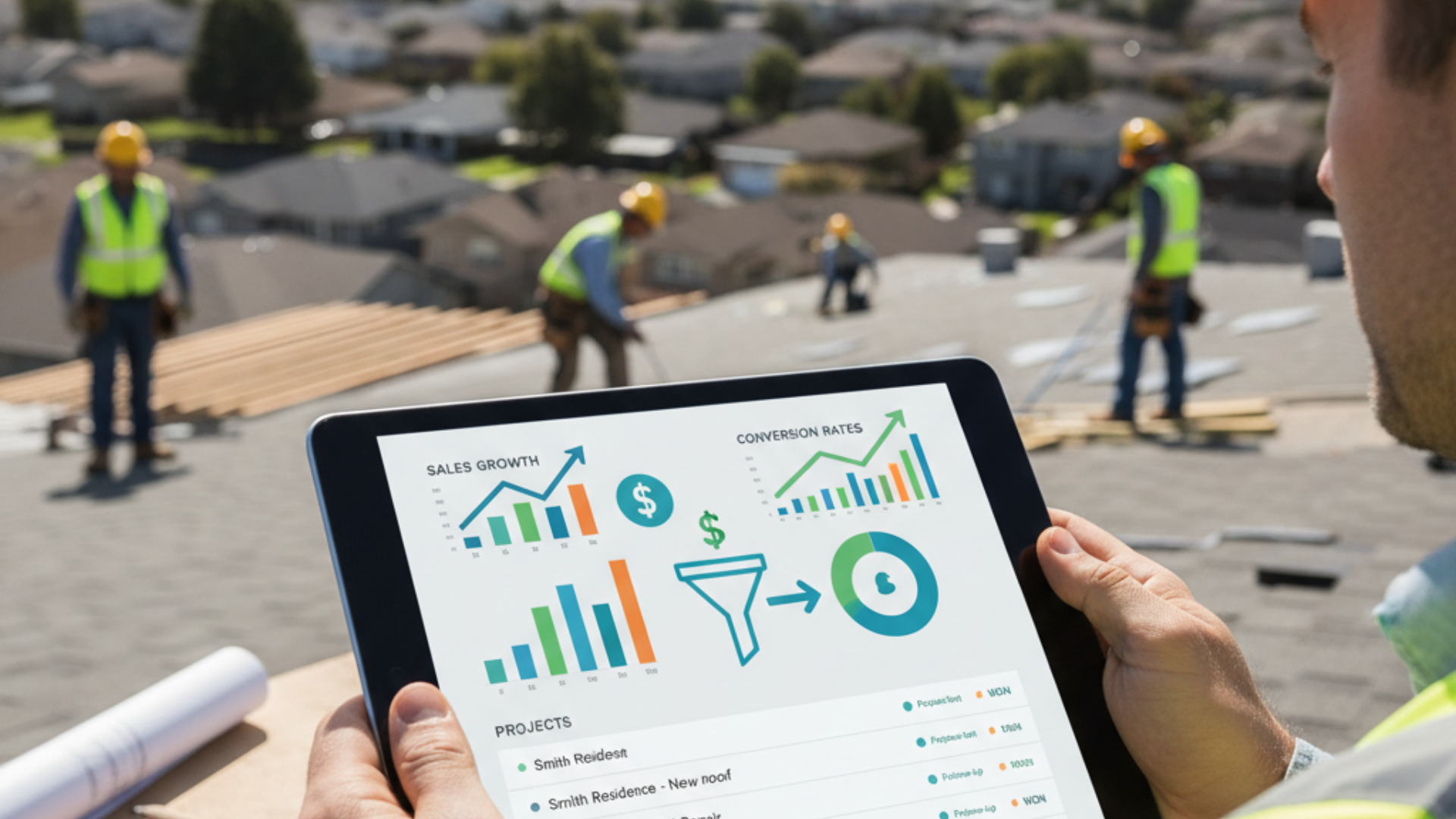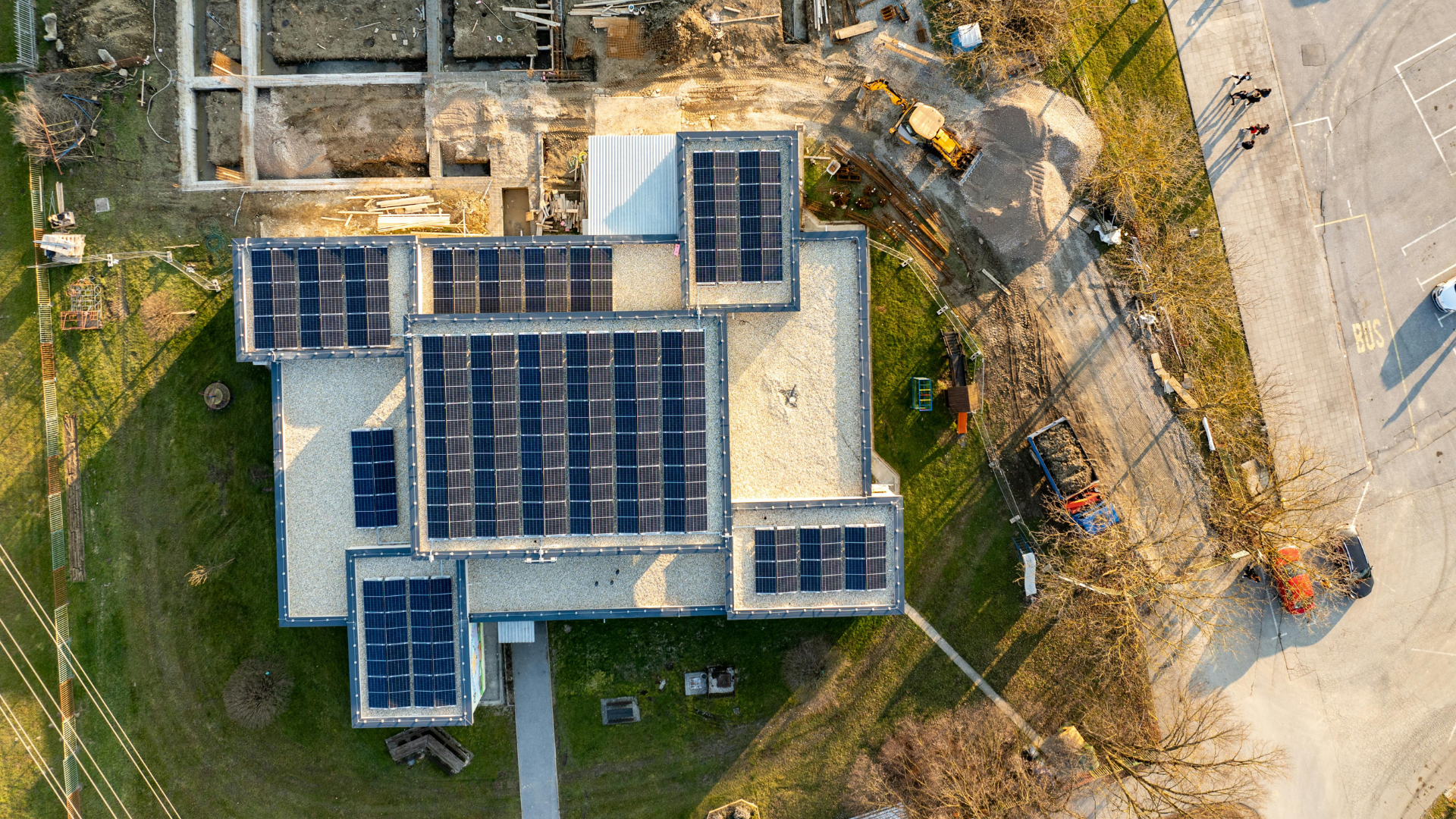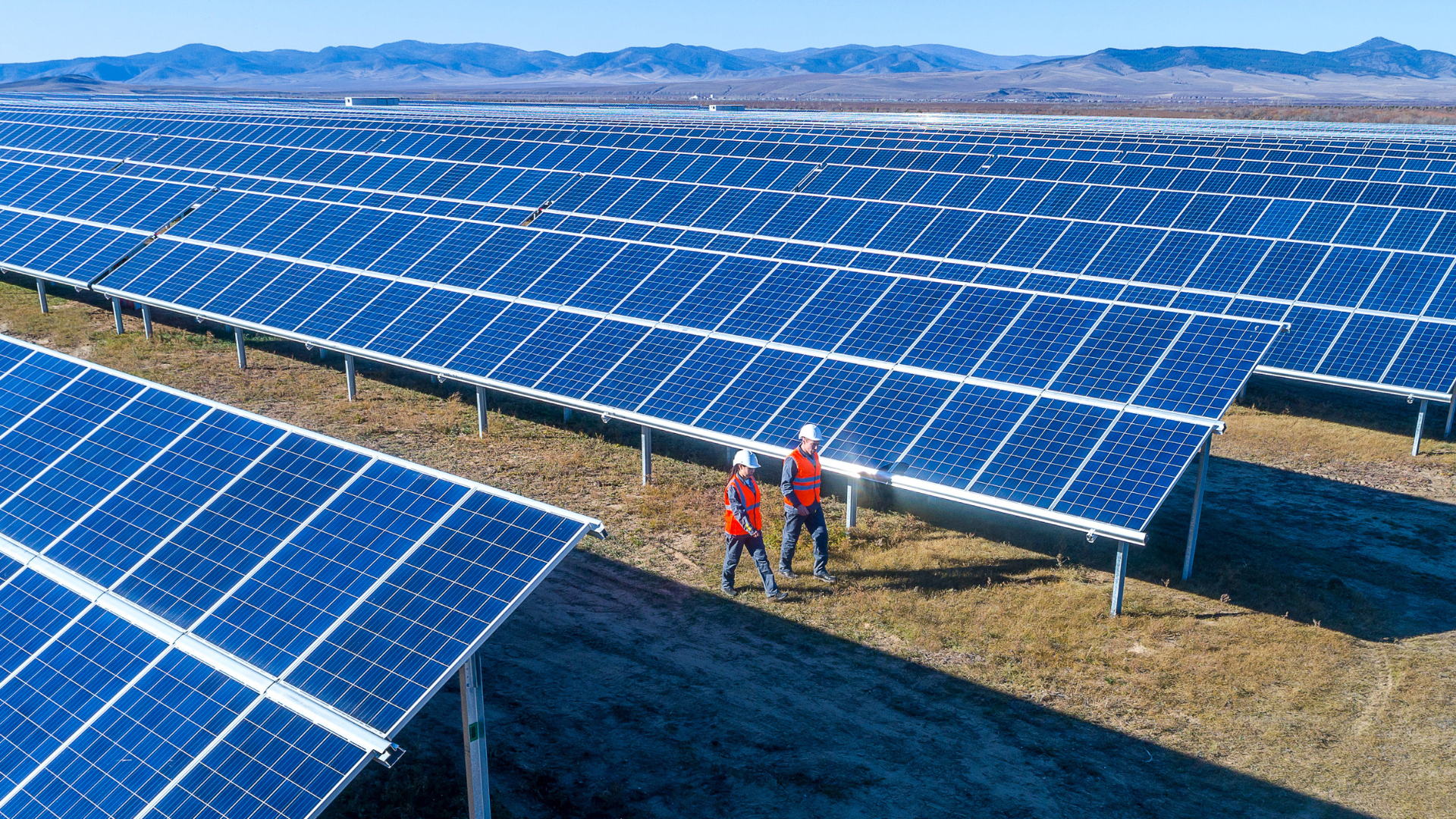December 28, 2024
The construction sector in Canada is at a turning point as the country navigates a shifting economic landscape. The industry is transitioning from embracing innovative technologies and sustainable practices to meeting the expanding demands of urbanization.
It's an ideal time to reflect on the opportunities, trends, and challenges shaping the future of Canadian construction.
Understanding these patterns is crucial for thriving in today's rapidly changing economy, whether you're a builder, developer, or stakeholder.
Let's discover significant advancements and new prospects that could completely alter the sector's direction in 2025 and beyond.
Opportunities and Trends Defining the Future of Construction in Canada
The future of construction in Canada is being built today, with sustainability, technology, and innovation leading the charge. From green infrastructure to AI-driven planning and construction software, the industry is embracing trends that promise efficiency and resilience.
This guide explores the biggest opportunities and challenges Canadian construction professionals face, offering insight into where the market is heading.
Key Takeaways
- Innovation in the Canadian construction sector is driven by the need for eco-friendly practices and green buildings, with a focus on energy efficiency and sustainable development strategies.
- Technology, from BIM and 3D printing to AI and robotics, is revolutionizing the construction industry by making it more efficient, intelligent, and affordable.
- Resilient construction techniques, innovative materials, and durable infrastructure are crucial for adapting to climate change.
- Proactive planning and adaptability are necessary due to economic uncertainties, regulatory complexity, and rising expenses.
- To remain competitive, one must leverage advanced software like Sunbase, prioritize sustainability, and stay current with emerging market trends.
Exploring the Current Landscape of Canadian Construction

> Industry Snapshot:
According to the Canadian Construction Association,
- In Canada, more than 1.6 million people work in construction, which has a direct and indirect impact on other industries, including production, engineering, technology, and retail.
- The construction sector contributes approximately $151 billion annually, accounting for 7.4% of Canada's Gross Domestic Product (GDP).

> Pressing Challenges:
- Labor shortages and skills gaps: The Canadian construction sector faces a significant labor shortage, which causes delays and higher expenses due to factors such as an aging workforce, inadequate training programs, and competition from other industries for skilled labor.
- Rising material costs and supply chain disruptions: The construction industry is facing supply chain disruptions and increasing material costs, which are impacting project budgets and schedules. Trade policies and transit delays further worsen these challenges, limiting the availability of necessary resources.
- Increasingly complex regulatory requirements: The construction industry must follow numerous institutional building permits, safety requirements, and environmental laws that differ between provinces and municipalities.
Keeping up with these changing rules adds complexity to building projects and demands constant work and money.
What are the Emerging Opportunities in the Canadian Construction Market?
Here's a panoramic perspective of the increasing opportunities in the Construction sector.
> Regional Insights: Opportunities Across the Construction Industry in Canada
- Opportunities in Major Urban Centers: Building flats and apartments is a primary priority to overcome housing shortages in places such as Toronto, Vancouver, and Calgary, caused by rising immigration and limited property availability.
- Potential in Rural Areas: While major urban centers in Canada are experiencing high demand for residential development due to population growth, rural areas also offer potential for infrastructure projects related to resource extraction, renewable energy, and redevelopment initiatives.
As a result, the Canadian construction industry offers significant opportunities across various regions.

1. Infrastructure Development
Infrastructure development in Canada involves federal and provincial obligations and the adoption of public-private partnerships (PPPs).
- To date, the Investing in Canada Plan has invested over $155 billion in more than 99,000 projects, with 92% of these projects either completed or in progress. Infrastructure Canada (INFC) develops policies for public infrastructure, such as bridges, public transportation, clean water, and disaster preparedness.
- In Canada, long-term partnership agreements between the public and private sectors are known as Public-Private Partnerships (PPPs). These partnerships are utilized for infrastructure projects in healthcare, transportation, the environment, justice, recreation, culture, and education.
2. Sustainable Construction
As Canadians' awareness of environmental issues grows, so does the need for sustainable building approaches.
- Eco-friendly materials and energy-efficient designs are increasingly used in residential construction and commercial buildings. The Canada Green Building Strategy strives to promote sustainability throughout the sector.
- Government grants encourage developers to use green practices, primarily addressing affordability and decreasing greenhouse gas emissions.
3. Residential Real Estate
Several significant trends are driving the ongoing evolution of the residential real estate market.
- As the country's metropolitan population grows, many Canadians choose multi-family housing. Changing lifestyle preferences and demographics support this trend.
- Historic buildings offer significant opportunities for renovation, blending modern comfort and efficiency with their historical value.
4. Remote and Northern Projects:
Construction projects in Canada's northern and remote areas are challenging due to the presence of permafrost, harsh weather conditions, and limited connectivity.
- To overcome these challenges and create sustainable infrastructure in these locations, creative approaches to design, materials, logistics, and workforce management are necessary, taking into account the local indigenous cultures.
- Infrastructure projects, including residential and industrial buildings, enhance economic opportunities and quality of life in remote areas.
5. Technology Integration:
The management and execution of building projects are changing due to the incorporation of technology.
- Using software like Sunbase for collaboration, design, and project management can enhance stakeholder involvement, reduce costs, and expedite construction activities.
- Businesses can enhance project outcomes and optimize resource allocation by leveraging trend analysis to inform their decision-making processes.
To find out more, here are the Top 7 tools every construction manager must have for efficient project management.
What Are The Future Trends Shaping the Canadian Construction?

Let's discover together!
1. Sustainability and Green Building:
Due to increased awareness of climate change and environmental deterioration, governments and consumers are urging more sustainable building practices.
- The Government of Canada plans to reduce greenhouse gas emissions by 40% below 2005 by 2030 and reach net-zero emissions by 2050.
- The Canada Green Building Council (CAGBC) supports LEED (Leadership in Energy and Environmental Design), a popular green building rating system that aims to reduce operating expenses and carbon emissions.
2. Technological Advancements:
In Canada, technology is transforming the construction sector by enhancing process efficiency and reducing costs.
- Building Information Modeling (BIM) is becoming a mainstream technique for project planning and execution. It enhances visualization, collaboration, and project administration, and reduces costly delays by identifying potential problems before they become problematic.
- Construction management is changing due to the use of drones for site surveys, artificial intelligence (AI) for predictive analytics, and Internet of Things (IoT) devices that enable real-time tracking.
- Furthermore, 3D printing is becoming increasingly popular as a quick and cost-effective alternative for building industrial components.
3. Urbanization and Smart Cities:
The need for competent and interconnected infrastructure is rising as metropolitan areas expand.
- Census Metropolitan Area Growth can be seen in the rapid development of major cities such as Toronto, Vancouver, and Montreal, which have resulted in significant investments in urban infrastructure.
- Integrating innovative technologies, such as smart grids and intelligent transportation systems, will be crucial to sustainably managing this expansion.
4. Modular and Prefabricated Construction:
Canada has a long record of utilizing prefabricated construction. Market and socioeconomic factors also fuel an increasing drive toward industrialization and prefabrication across the nation.
- The process of building with modular construction involves installing building modules on-site after they have been constructed in a factory.
- This approach is gaining popularity because it is less expensive, takes less time to build, and has a minimal environmental impact.
5. Diversity and Inclusion:
Initiatives to increase the representation of women and underrepresented groups in the sector are still in progress.
- This emphasis not only creates a more welcoming workplace but also attracts a diverse range of viewpoints that may lead to innovative solutions.
- Numerous companies are implementing training initiatives to attract new talent from diverse backgrounds, ensuring their workforces reflect Canada's multicultural population.
These changes—from green building programs to technology breakthroughs will meet present needs and open the door for innovation and expansion in 2025 and beyond. Let's see what it needs.
If this got you curious, here's another blog on Construction Trends in Canada: What You Can Expect.
How Sunbase Software Can Help Canadian Contractors Stay Ahead?

Every industry needs its own toolkits; the construction industry is no different. Sunbase stands out as a perfect toolkit designed for the growing construction sector in Canada. Here's why you need it:
1. Streamline Client Interactions with Smart CRM
Sunbase's intelligent CRM solutions facilitate smooth client interactions for construction companies in British Columbia, the Northwest Territories, and other sectors.
This CRM ensures personalized interaction, strengthens client relationships, and fosters repeat business, whether managing leads in the busy manufacturing industry or building residential structures.
2. Create Professional Proposals in Minutes
Canada's growing demand for construction projects requires prompt, expert proposals. Sunbase allows contractors to produce well-crafted, fact-based bids in minutes.
Presenting thorough, eye-catching proposals gives businesses a competitive edge as infrastructure spending surges throughout Canada.
3. Appointment Scheduling Made Simple
Statistics Canada emphasizes the importance of effective scheduling in significant construction projects. It emphasizes the importance of user-friendly tools like Sunbase for planning meetings, site visits, and appointments, ensuring that essential deadlines are met and projects stay on track.
4. Master Project Management from Start to Finish
With its set of tools, Sunbase streamlines construction project management by monitoring resources, finances, and real-time progress. It offers data-driven insights, facilitating well-informed choices aligned with market trends.
5. Real-Time Reports for Smarter Decisions
With the help of reporting tools, proactive strategies, and bottleneck identification are made possible by real-time data insights into project performance, resource allocation, and financial health.
This proactive strategy reduces risks and capitalizes on new opportunities in Canada's vibrant construction industry.
Are you still Juggling Multiple Tools? Simplify Your Construction Management with One Solution.
In a nutshell
The Canadian construction industry is at a turning point in its history. The combination of cutting-edge technologies and data-driven insights is changing how it operates and manages projects.
Creating more innovative, more sustainable, and resilient structures that align with the goals of contemporary Canada holds promise for a brighter future.
The future has arrived, and change will be driven by those who are prepared to adapt.
About Sunbase
Stay at the forefront of Canadian construction trends with Sunbase!
From green infrastructure to modular construction, Sunbase ensures that your projects are effective, compliant, and future-ready. Contact us now!
FAQ's
1. What are the biggest trends in Canadian construction for 2025?
Key construction trends in Canada include sustainable building, modular construction, digital project management, and the increasing adoption of construction software.
2. How is technology changing construction in Canada?
Technology is reshaping construction in Canada through the use of AI, drones, 3D modeling, and construction software, which improve efficiency and reduce costs.
3. What opportunities exist in Canada’s construction market?
Canada’s construction market offers numerous opportunities, including infrastructure investments, renewable energy projects, and tech-driven innovations in design and project management.
4. In what ways may ConstructionBase assist in overseeing major infrastructure initiatives in Canada?
ConstructionBase is excellent for projects of any size. It ensures that you will remain on course, maximize resources, and effectively manage complicated tasks with sophisticated scheduling, resource management, and real-time reporting.
One Platform. Zero Chaos. Run Your Entire Business in One Place.
Sunbase replaces your CRM, proposals, scheduling, job tracking, and reporting tools — all inside one clean, connected platform.
About Sunbase
The All-In-One Platform to Run Your Entire Business
Sunbase helps you organize operations, streamline daily workflows, and manage everything - from first customer contact to final project deliver- in one connected system.
Our Mission
- Organize your business.
- Optimize your workflow.
- Automate what slows you down.
Why Businesses Choose Sunbase
One Connected Workflow
Replace scattered tools and manual processes with a single platform that brings together your team, tasks, customers, jobs, and performance data.
🌎 Global Presence
Serving the United States, Canada, India, LATAM, Australia, and 10+ international markets.
👥 11,000+ Users
Trusted by contractors, installers, project managers, sales teams, and field technicians.
🏗️ Built for All Sizes
From small contracting teams to fast-growing enterprises, Sunbase adapts to your workflow.
Useful Links For You
Stop Managing Your Business Manually. Automate It.
Sunbase automates workflows, reduces mistakes, and helps your team get more done - without hiring extra staff or juggling multiple tools.











